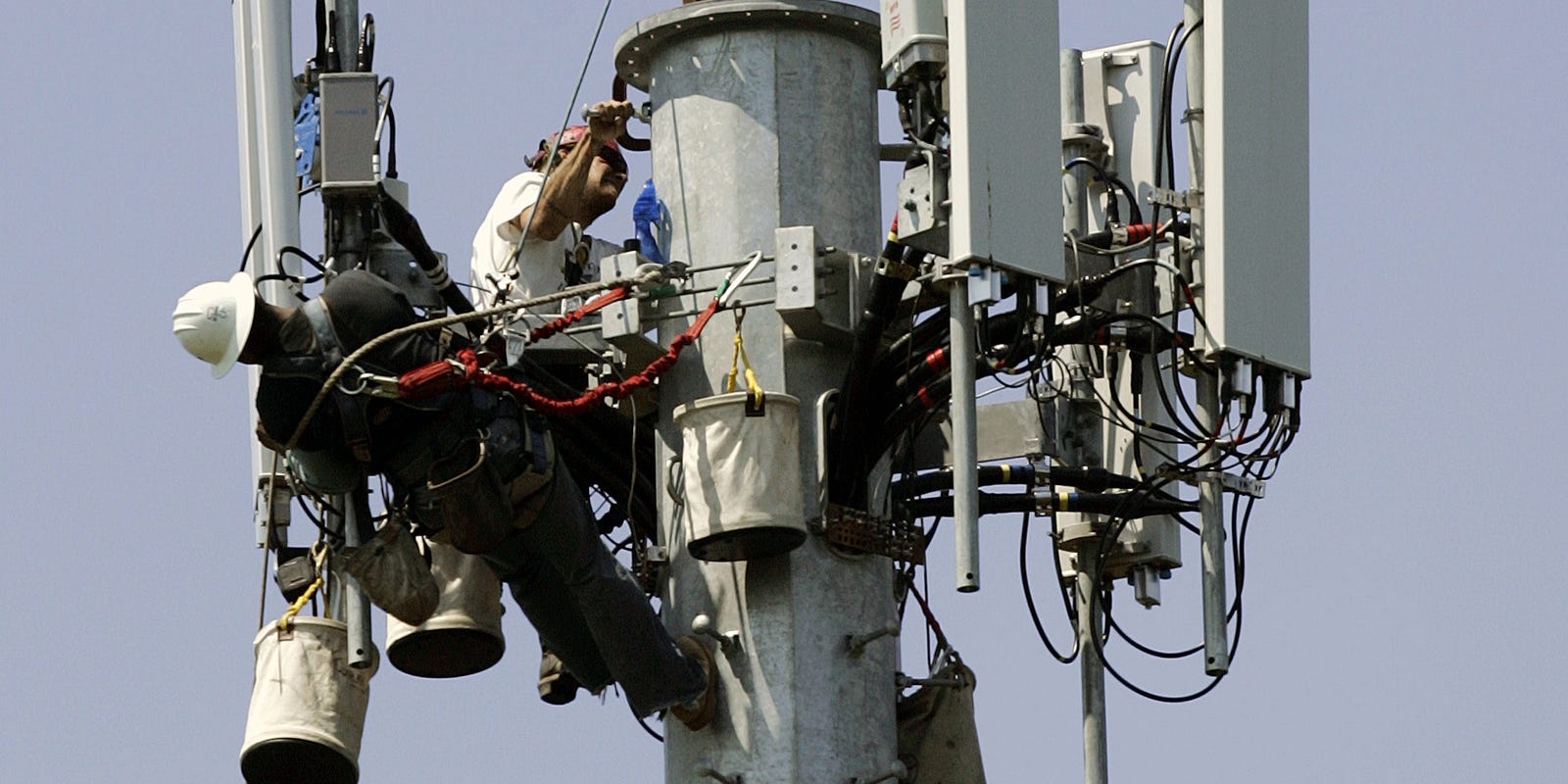If you've ever walked through a town and spotted tiny cell towers for 5G on the poles of street lights. They look like little boxes however, they're actually transmitting wireless signals from cellular providers to your phone.
what is a safe distance from a 5g cell tower are replacing larger specially-designed cell towers. While they're not as noticeable, they still can create problems for those who live nearby.
A Federal Communications Commission's Radiation Exposure Thresholds
The FCC's Radiation Exposure Thresholds determine the safe distance that one can expose to electromagnetic energy from wireless devices. The limits for exposure are based upon scientific research which prove that electromagnetic energy can be harmful to human health.
The specific absorption rate (SAR) is an indication of the amount of radiofrequency energy absorbed by tissue. It's typically 1.6 Watts per kilogram spread over a kilogram of tissue.
But, since 5g operates at higher frequencies and has the potential to create more energy on the skin and other directly-exposed body parts. This can result in a wide range of possible harms, such as an increase in development of skin diseases such as dermatitis, skin cancer and cataracts.
Due to the possible severe effects of 5g radiation, PSU has chosen to create a general maximum power density of four MW/cm2 averaged over 1 cm2, and never to exceed 30 minutes for the entire 5G spectrum at 3000 GHz. This localized limit is consistent with the highest SAR that is spatially averaged at 1.6 W/kg averaged over 1 grams of tissues at six GHz.
The FCC's Maximum Exposure Thresholds

Have you ever used a cell phone, then you've probably realized that the safest distance from the tower should be at least 400 meters away. This is because the transmitting power of cell towers increases drastically the further the tower is.
Although this may sound like a good idea but the truth is that people who live close to towers might be more susceptible to health issues. For Check out the post right here , a 2014 study in India discovered that people who lived within 50m of cell towers experienced significant more health issues than those living further away from the antennas.
However, this study also showed that residents who moved to areas that were further from cell towers experienced their symptoms improve within a few days. Another study has shown that exposure to high levels of radiofrequency electromagnetic fields (EMFs) can cause cancer, brain tumors as well as other health issues.
This is because the RF radiation used in wireless communication, can penetrate the human body's exterior layer, which is the skin. It is crucial to know because the skin acts as a protective barrier against injury to the body, infection from pathogenic microorganisms, as well as the entry of harmful substances. The skin is the biggest organ of the human body and is responsible for maintaining the integrity of other organs.
The FCC's Minimum Exposure Thresholds
The FCC's Minimum Exposition Thresholds are based upon various assumptions that aren't supported by scientific evidence. what is a safe distance from a cell tower include the incorrect assumption that short-term exposures to RF radiations are not harmful due to minimal absorption into body (i.e. the heating of tissues).
The assumption also ignores the more extensive penetration of ELF elements of modulated radio signals, as well as the effects on the body of short bursts caused by RF pulses. These assumptions are not in line with current understanding of the biological consequences of RF radiation. Therefore, they should not be used for health protective exposure standards.
Furthermore there is the fact that both ICNIRP and FCC are limiting its maximum levels of radiation exposure for local peak SARs that are based on the maximum spatial specific absorption rate (psSAR) that is not a reliable dosimetric instrument for determining the level of exposure to RF radiation. Particularly the psSAR tool is not accurate when frequencies exceed 6 GHz. In addition, psSAR is not been evaluated for RF radiation exposed to other environmental agents , such like sunlight. In the event of interactions, RF radiation and other environmental agents may cause synergistic or antagonistic impacts. This can lead to the risk of having adverse health effects. For instance, exposure to RF radiation along with exposure to sunlight can raise the chance of developing skin cancer, as well as aggravate other skin disorders, such as acne.
